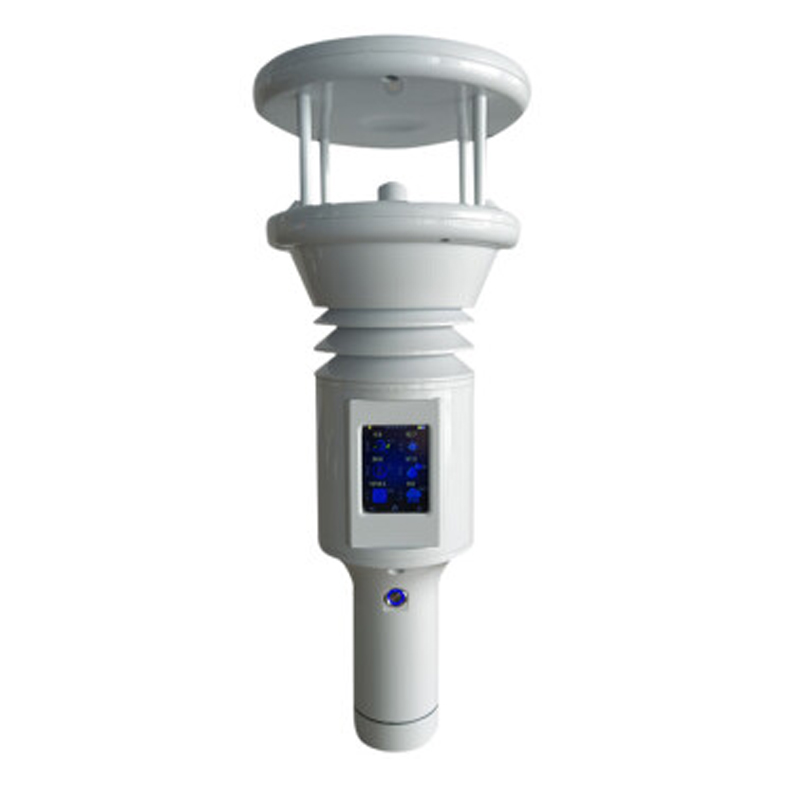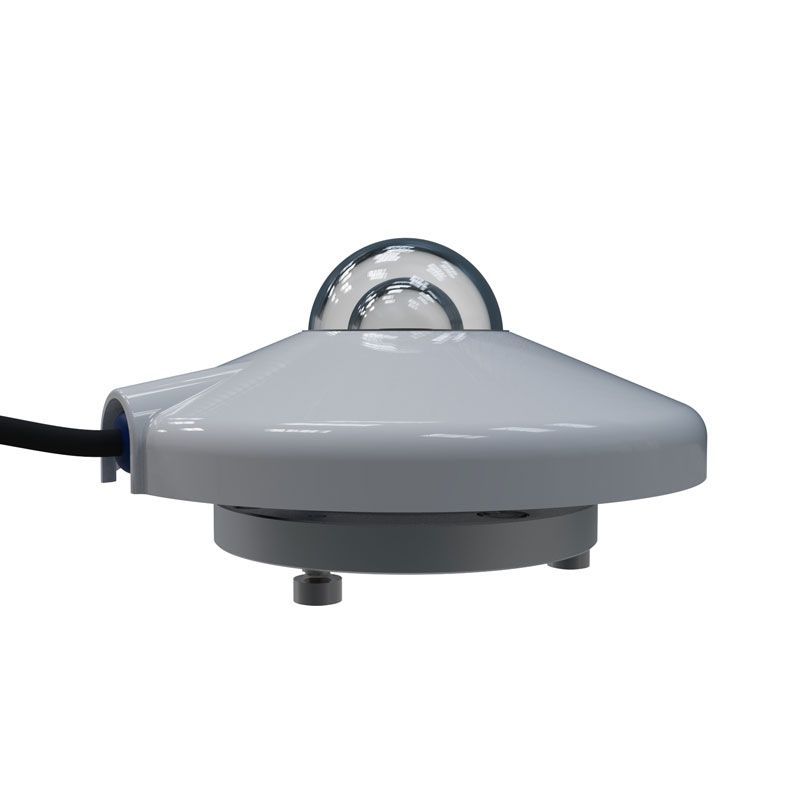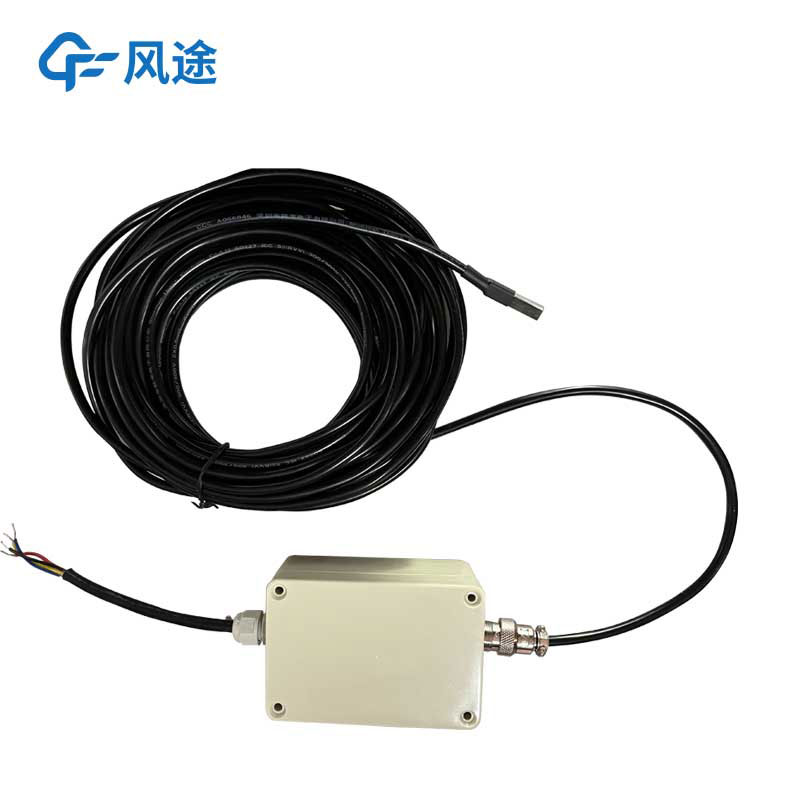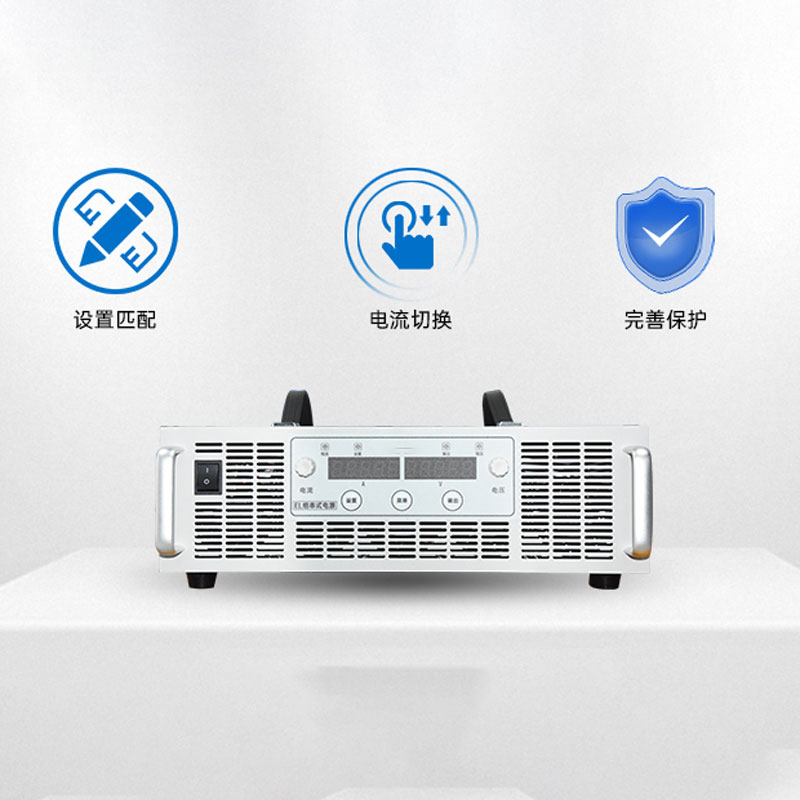Product
Recommended article
- One - Stop Dust Monitoring Solution
- How Forestry Weather Stations Bolster Forest Fire Prevention Efforts
- Discover the Power of Negative Oxygen Ion Monitoring System for Cleaner Air
- Comparative Analysis of Ultrasonic and Automatic Weather Stations in Meteorological Monitoring
- Breaking Through the ‘Last Meter’ with Online Dust Monitoring System
- Mastering Road Conditions with Road Weather Station
Contact us
Shandong Fengtu IOT Technology Co., Ltd
Sales Manager:Ms. Emily Wang
Cel,Whatsapp,Wechat:+86 15898932201
Email:info@fengtutec.com
Add:No. 155 Optoelectronic Industry Accelerator, Gaoxin District, Weifang, Shandong, China
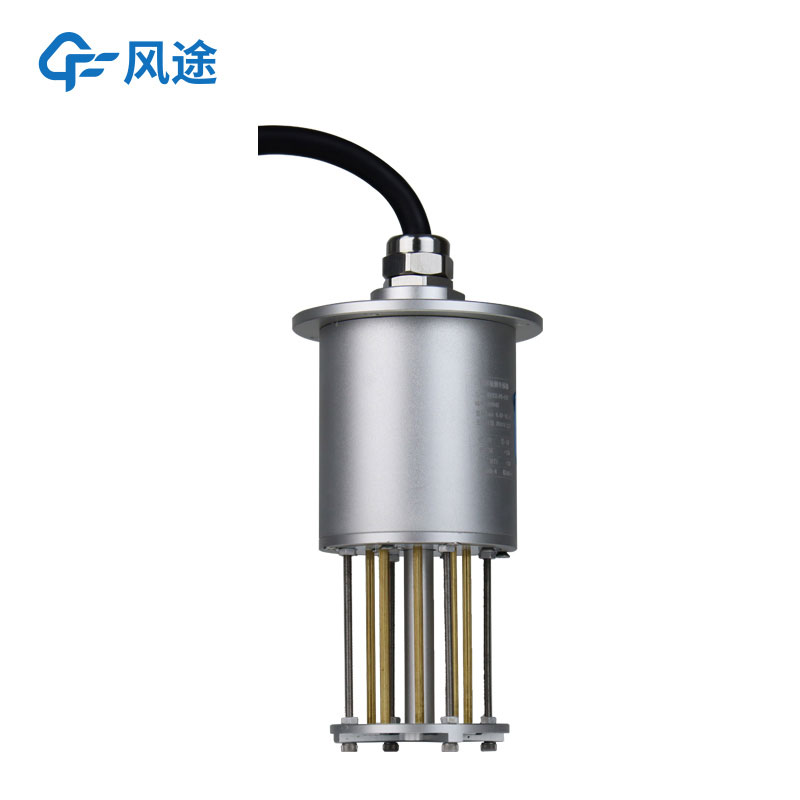
Ice thickness sensor
Model:FT-JB1H
Brand:fengtu
Related products
Ice thickness sensor monitors ice formation and its thickness. It is used to monitor ice formation of power supply towers, power tower poles, and transmission lines.Ice accumulation on transmission lines refers to the icing phenomenon caused by super-cooled water temperature or ice crystals continuously condensing on the wires under low-temperature rain and snow conditions.Ice on wires has a great impact on the operation of the power grid.When the ice accumulates to a certain extent, it will cause poles, towers, broken wires, etc., resulting in damage to the power grid and interruption of power transmission, causing serious consequences.In view of the huge danger of ice accumulation on power lines, someone needs to constantly check the lines during severe weather, but in some environments
In harsh places, personnel cannot conduct inspections.This product is designed to solve this problem.
1.Product introduction of Ice thickness sensor
This ice accumulation sensor uses microwave detection technology.Based on the difference in feedback information of microwave signals to different substances such as ice, water, air, etc., it can monitor the icing information in the sensitive area of the sensor.Based on the strength of the signal and the degree of icing in the sensor area, Distribution information is used for ice thickness calculations.This product is generally installed on wire towers.By measuring the ice accumulation on this sensor, you can equally determine the ice accumulation on wires near the current wire tower.
2.Technical indicators of Ice thickness sensor
1.Detection resolution: 0.01mm
2.Maximum measuring thickness: 50.00mm
3.Communication method: RS485
4.Communication protocol: MobusRTU/automatic sending
5.Working voltage: 5VDC
6.Working temperature: -40℃~85℃
7.Power: <1W (ice melting device 15W)
8.Protection level: IP67
3.Main features of Ice thickness sensor
1.Can detect ice thickness, rain and other weather conditions.
2.With temperature detection sensor.
3.Measurement data can be actively transmitted at regular intervals, and data transmission in master-slave mode can also be supported.
4.It has an ice melting function.When the transmission line is melting ice, it can send ice melting instructions to the sensor at the same time (the ice melting function requires a separate power supply of 12VDC, 12W).
5.Each device has a unique number, which must be carried when communicating, which is suitable for large-scale monitoring systems.
4.Ice thickness sensor product size diagram
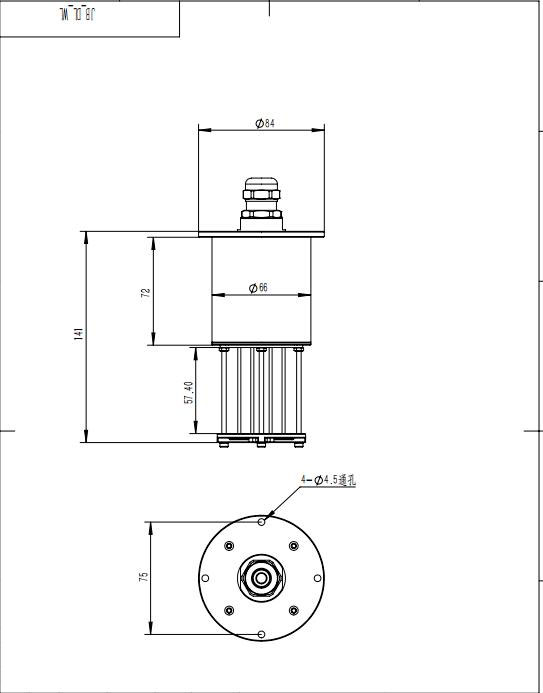
5.Installation method of Ice thickness sensor
1.Generally, when using this sensor, a solar power generation system is required to power the terminal system.This terminal is installed on a power tower that needs to monitor a transmission line in the line.
2.The terminal is equipped with a data remote transmission device.In order to take care of wireless communications in remote areas, the local 2G mobile communication network is generally used.The server and client need to be built by the user.You can also purchase a software package from our company or use our company's platform.
Related article
-
Introduction of an environmental protection equipment - beta-ray method dust monitor
2024-03-04 -
Dust Monitoring and Control System in Open - pit Coal Mine
2024-11-12 -
Why install a snow depth monitoring station?
2024-01-25 -
How Negative Ion Monitoring Enhances Air Quality and Boosts Tourism in Forest Areas
2024-12-31 -
Building a Meteorological Station: Steps and Considerations
2024-10-09 -
Differences between grassland weather stations and other weather stations
2024-03-28 -
How Forestry Weather Stations Bolster Forest Fire Prevention Efforts
2025-01-15 -
Unlocking the Benefits of Fresh Air: Negative Oxygen Ion Monitoring Systems in Tourism Destinations
2024-09-13


 Get a Free Quote
Get a Free Quote